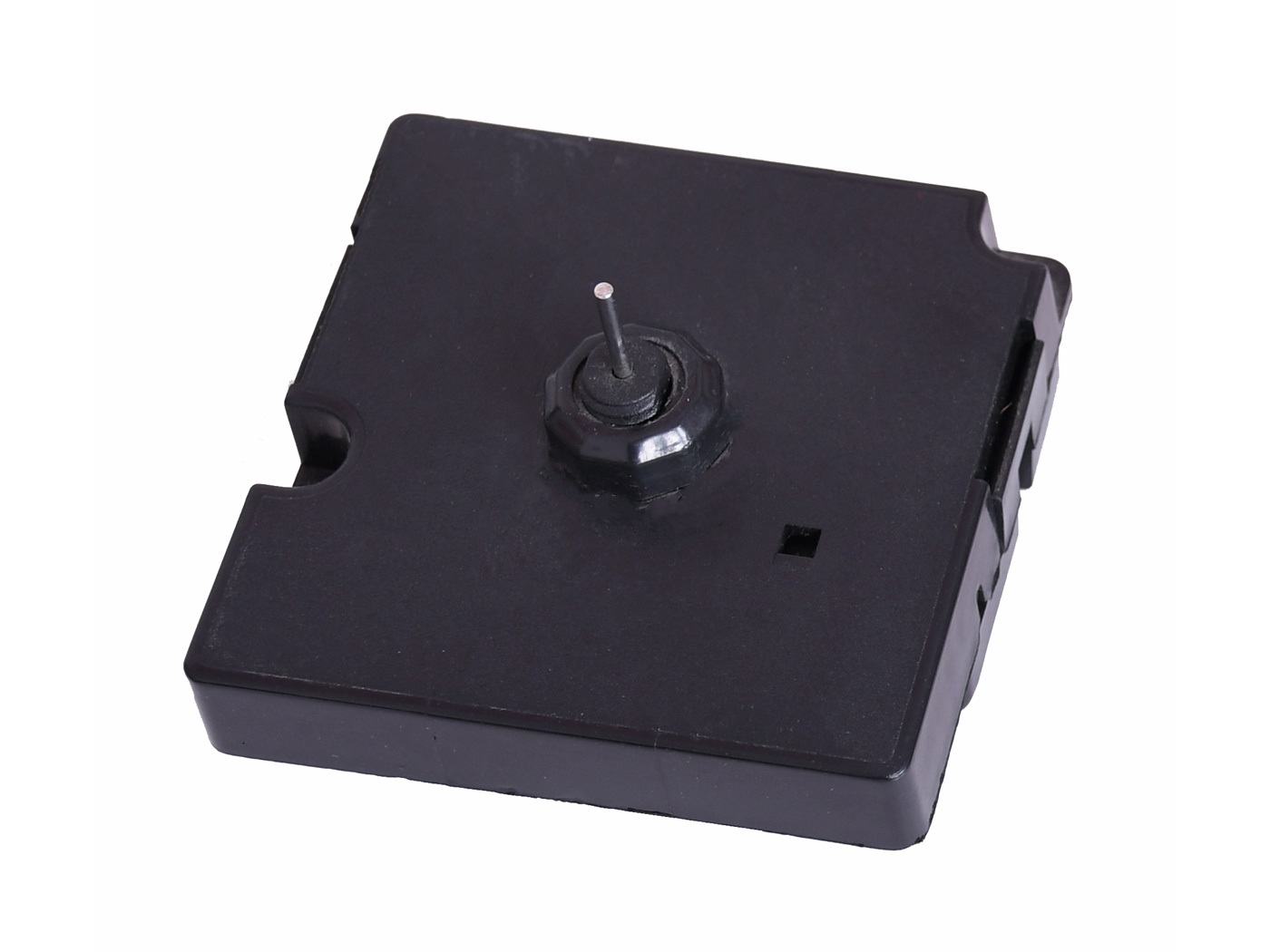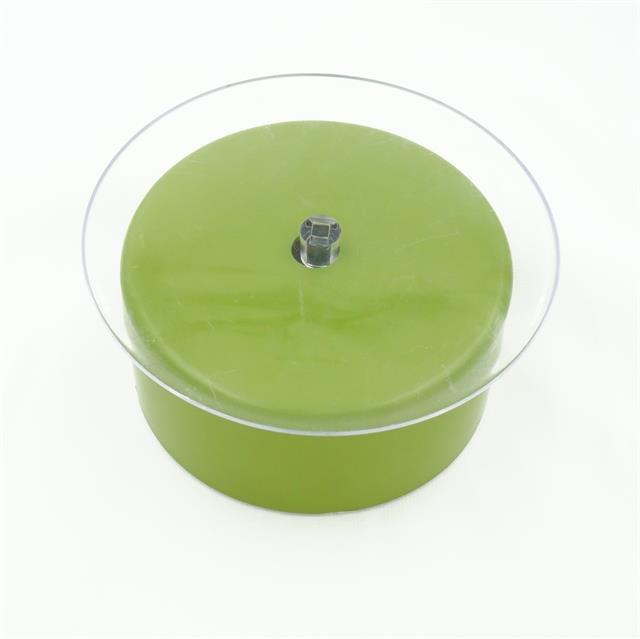Understanding Clockwork Movement: The Heart of Timekeeping
2025-10-04
Clockwork movement, often referred to as the beating heart of any timepiece, represents a remarkable blend of art and engineering. At its core, clockwork movement is a mechanism that enables the precise measurement of time through a series of interdependent components. Understanding this complex system is essential for anyone involved in the craft of horology, whether you are a professional watchm
View more
Reviving Old Cuckoo Clocks: Essential Parts and Tools for Restoration
2025-10-03
Reviving Old Cuckoo Clocks: Essential Parts and Tools for Restoration
Table of Contents
1. Introduction to Cuckoo Clocks Restoration
2. Brief History of Cuckoo Clocks
3. Why Revive Old Cuckoo Clocks?
4. Must-Have Parts for Cuckoo Clock Restoration
4.1 Clock Movement
4.2 Weights and Chains
4.3 Pendulum
4.4 Cuckoo Bird Mechani
View more
Understanding Quart Wall Clock Movement: A Comprehensive Guide for Craft Professionals
2025-10-02
Quartz wall clock movements are a fundamental component in the realm of clock-making, especially for professionals focused on crafting high-quality timepieces. Understanding how these movements work and their various aspects can significantly enhance your creations and improve your customers' experience.
At the core of quartz wall clock movement is the quartz crystal, which vibrates when an electr
View more
Elevate Your Clock Designs with the Perfect Rotating Turntable: Unleashing Creativity
2025-10-01
Elevate Your Clock Designs with the Perfect Rotating Turntable
Table of Contents
Introduction
Understanding Rotating Turntables in Clock Design
Benefits of Using Rotating Turntables
Designing Your Clock Display around a Turntable
Choosing the Right Rotating Turntable for Your Clock
Creative Uses for Rotating Turntables in Clock Design
Maintenance and Care of Your Turnt
View more
The Art of Magnetic Memo Holders: A Crafting Perspective
2025-09-30
Magnetic memo holders have become a popular tool for organizing notes, reminders, and important messages in both professional and personal settings. While their primary function is to hold memos securely in place, these holders also provide an excellent canvas for artistic expression and personalization. For those in the crafts sector, especially in the realm of clock and watch accessories, unders
View more









